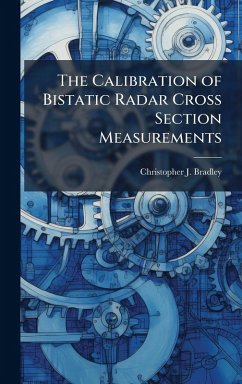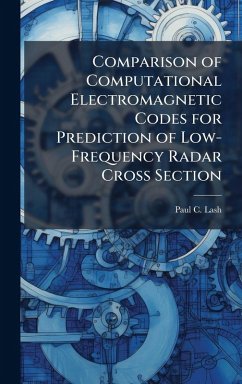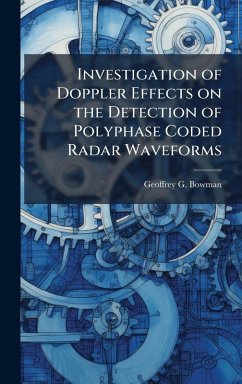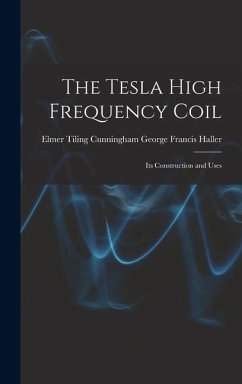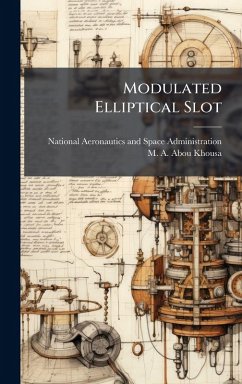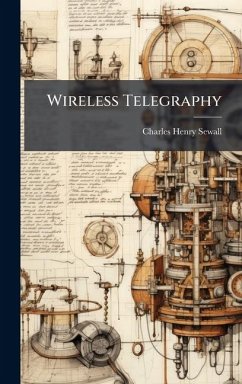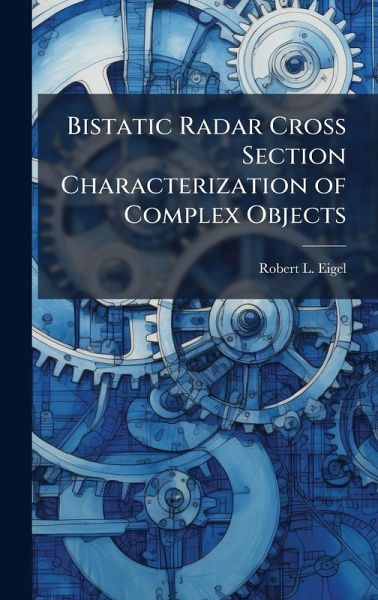
Bistatic Radar Cross Section Characterization of Complex Objects
Versandkostenfrei!
Versandfertig in über 4 Wochen
30,99 €
inkl. MwSt.
Weitere Ausgaben:

PAYBACK Punkte
15 °P sammeln!
The averaging is expected to improve the performance of the MBETs, but this is not always the case. The geometric complexity of the object determines which scattering mechanisms dominate the scattered field, and it is this characteristic which dictates the appropriateness of the MBET prediction. Both MBETs predict purely specular activity from the flat plate (simple object) fairly well for bistatic angles less than 30-40 degrees, but the dual specular scattering of Object C (minimally complex object) decreases MBET performance to bistatic angles of 15-20 degrees, and the specular/non-specular ...
The averaging is expected to improve the performance of the MBETs, but this is not always the case. The geometric complexity of the object determines which scattering mechanisms dominate the scattered field, and it is this characteristic which dictates the appropriateness of the MBET prediction. Both MBETs predict purely specular activity from the flat plate (simple object) fairly well for bistatic angles less than 30-40 degrees, but the dual specular scattering of Object C (minimally complex object) decreases MBET performance to bistatic angles of 15-20 degrees, and the specular/non-specular interactions of Object B (rigorously complex object) make the MBETs useful for bistatic angles of only 5-10 degrees. MBET predictions at larger bistatic angles tend to be lower than measured data for the minimally complex object and higher than measured for the rigorously complex object. The discrepancies are primarily due to the changing nature of the scattering centers as a function of bistatic angle. Geometries which support wide lobewidth specular reflections exhibit less variation in the nature/existence of the scattering centers than those who support specular and non-specular effects, thus leading to better correlation between MBET and measured RCS. Averaging improves MBET correlation noticeably for the specular reflection of the flat plate, minimally for Object C's dual specular reflections, and not at all for Object B's specular/non-specular signature. Kell's MBET is slightly better at predicting the amplitude of diffraction components from a simple shape, but neither has the advantage when predicting scattering from the complex objects. Kell's formula also requires a larger monostatic data set than Crispin's to predict the same angular extent of bistatic RCS and suffers from a degradation in angular resolution near the transmitter illumination angle. This work has been selected by scholars as being culturally important, and is part of the knowledge base of civilization as we know it. This work was reproduced from the original artifact, and remains as true to the original work as possible. Therefore, you will see the original copyright references, library stamps (as most of these works have been housed in our most important libraries around the world), and other notations in the work. This work is in the public domain in the United States of America, and possibly other nations. Within the United States, you may freely copy and distribute this work, as no entity (individual or corporate) has a copyright on the body of the work. As a reproduction of a historical artifact, this work may contain missing or blurred pages, poor pictures, errant marks, etc. Scholars believe, and we concur, that this work is important enough to be preserved, reproduced, and made generally available to the public. We appreciate your support of the preservation process, and thank you for being an important part of keeping this knowledge alive and relevant.



